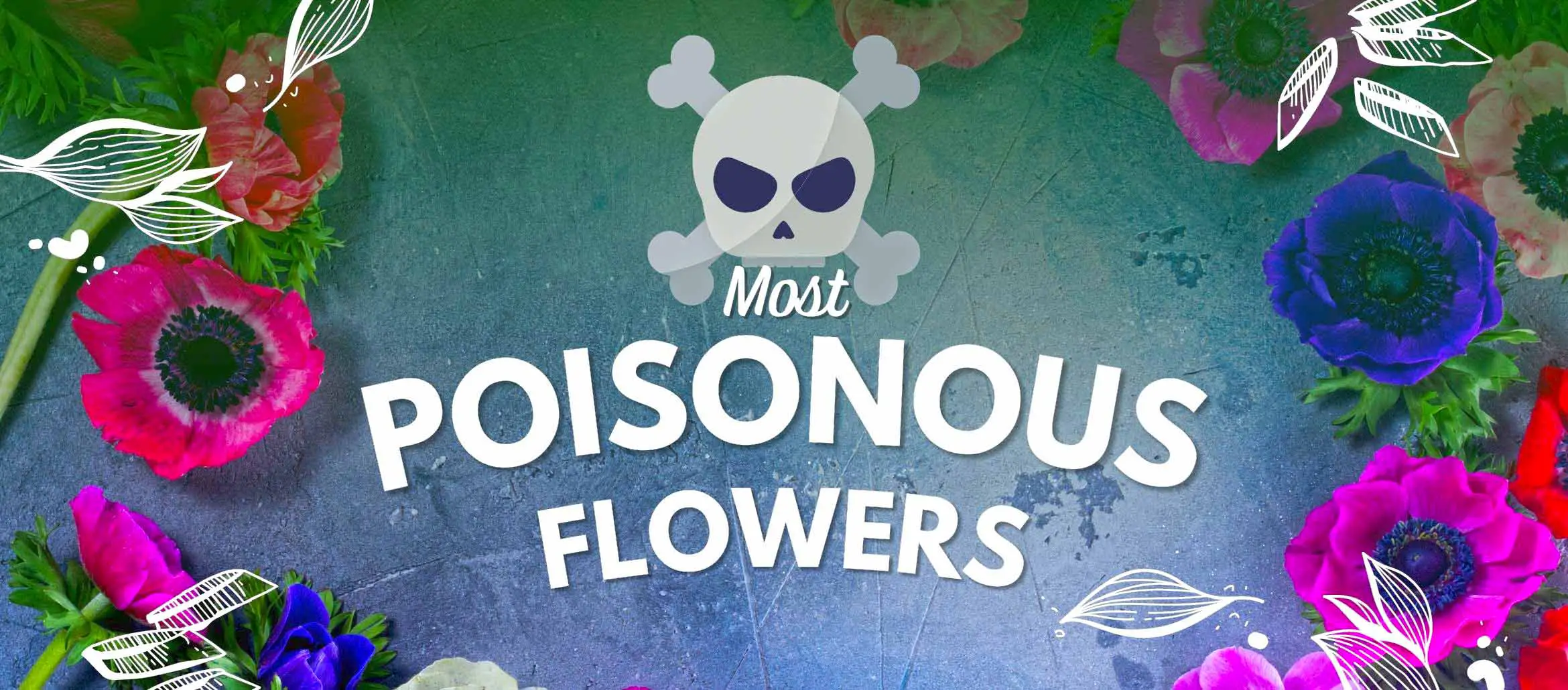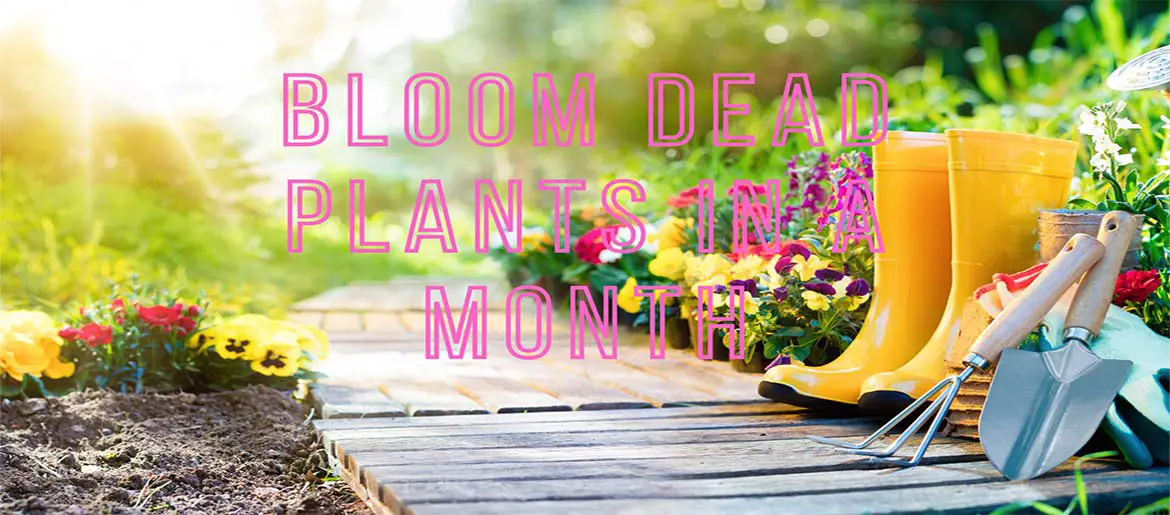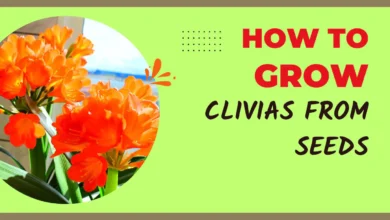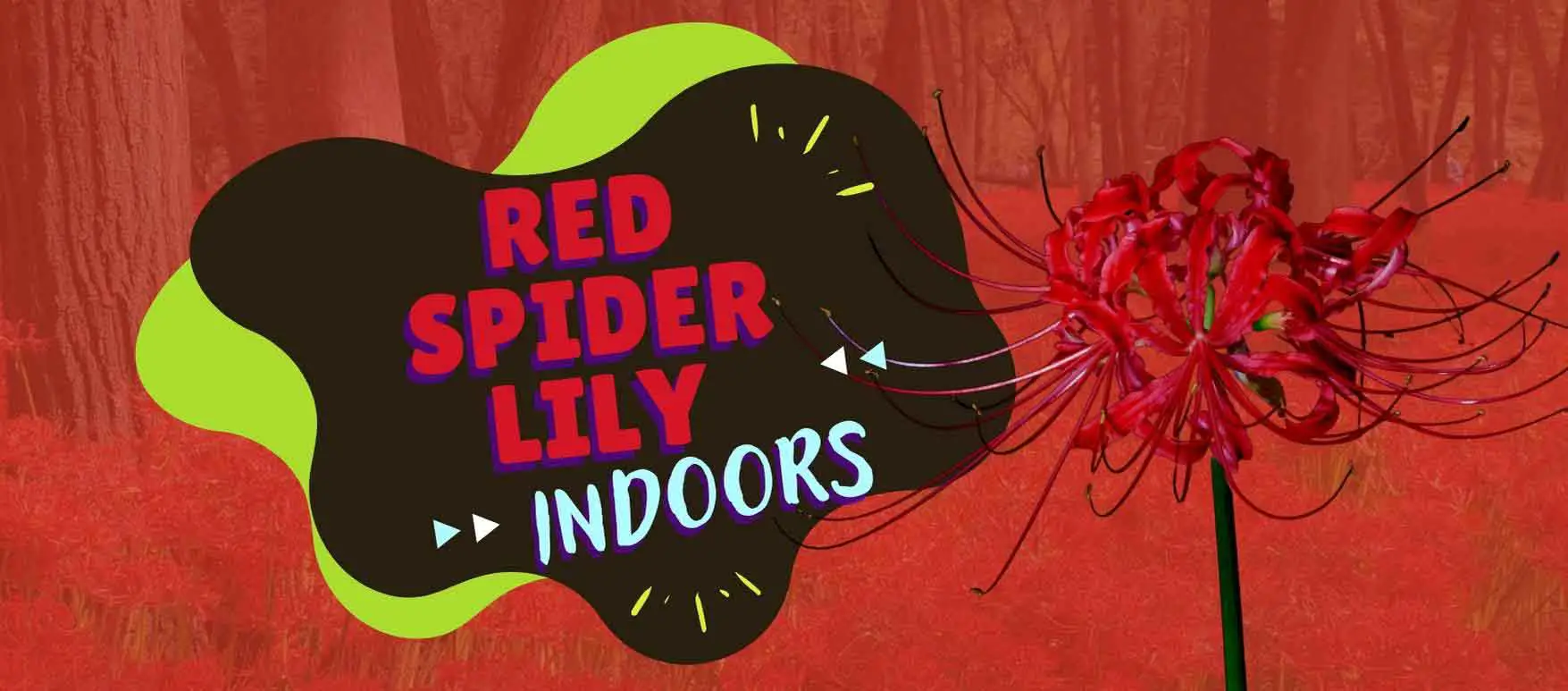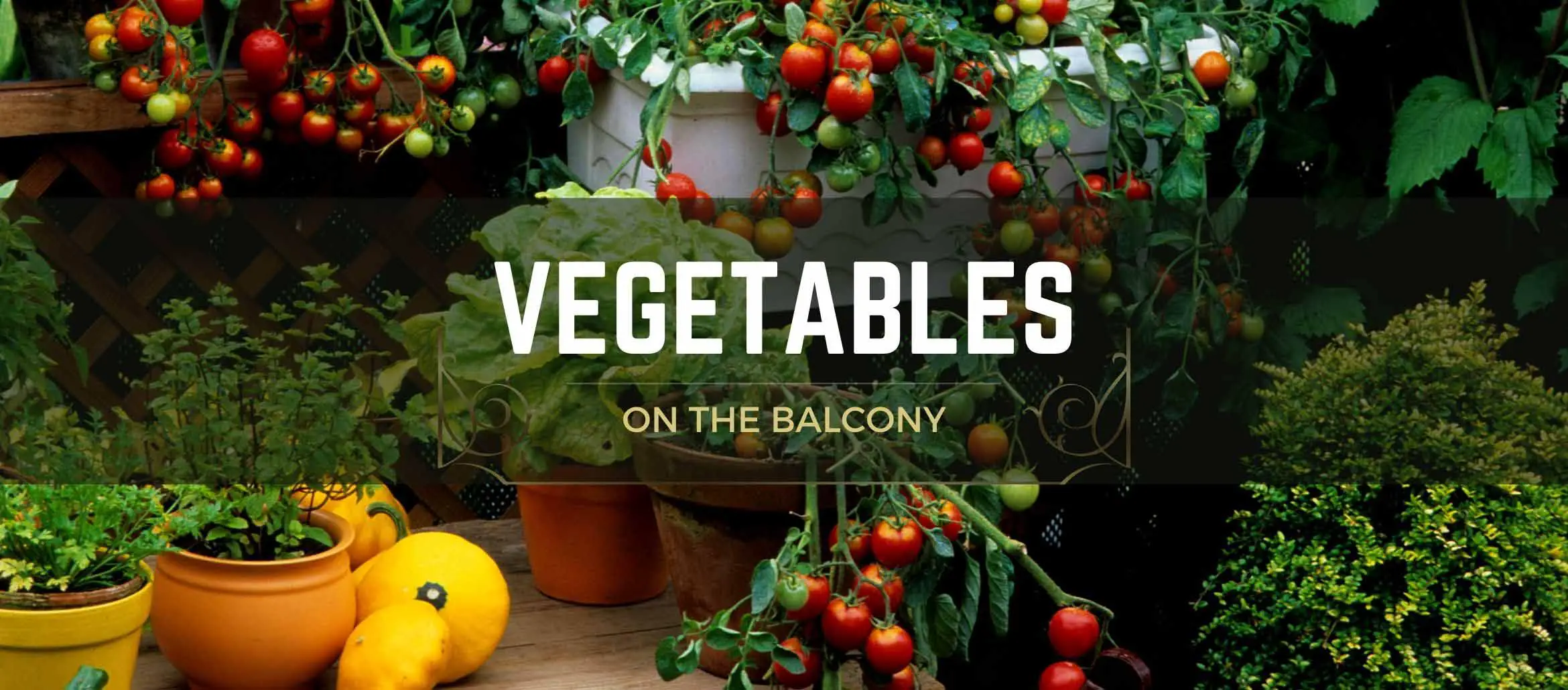Top 10 Poisonous Flowers In The World
Many people love Flowers because of their high decorative value, but some of them look good but are toxic. So while watching, we should pay particular attention not to eat them by mistake. Otherwise, they may be life-threatening. This article will bring you the ten most poisonous flowers in the world and see which flowers you know in the list of the top ten poisonous flowers.
Top ten most poisonous flowers in the world
Daffodils (Bulbs are highly toxic)

Daffodil flowers, branches, and leaves are poisonous, especially bulbs. The juice of flowers and leaves can make the skin red and swollen. Daffodil bulbs are juicy and toxic. They contain many alkaloids such as lycorine and Narcissus; It is used as analgesic in surgery, and the bulb is mashed and applied to treat carbuncle.
Cattle and sheep eat bulbs by mistake, resulting in spasms, pupil dilation, and diarrhea. If humans eat its bulbs in large quantities, they will have symptoms such as nausea, vomiting, abdominal pain and diarrhea, cold hands and feet, shock, etc. In severe cases, they can die due to central anesthesia.
Red spider lily (Poisonous rhizome)
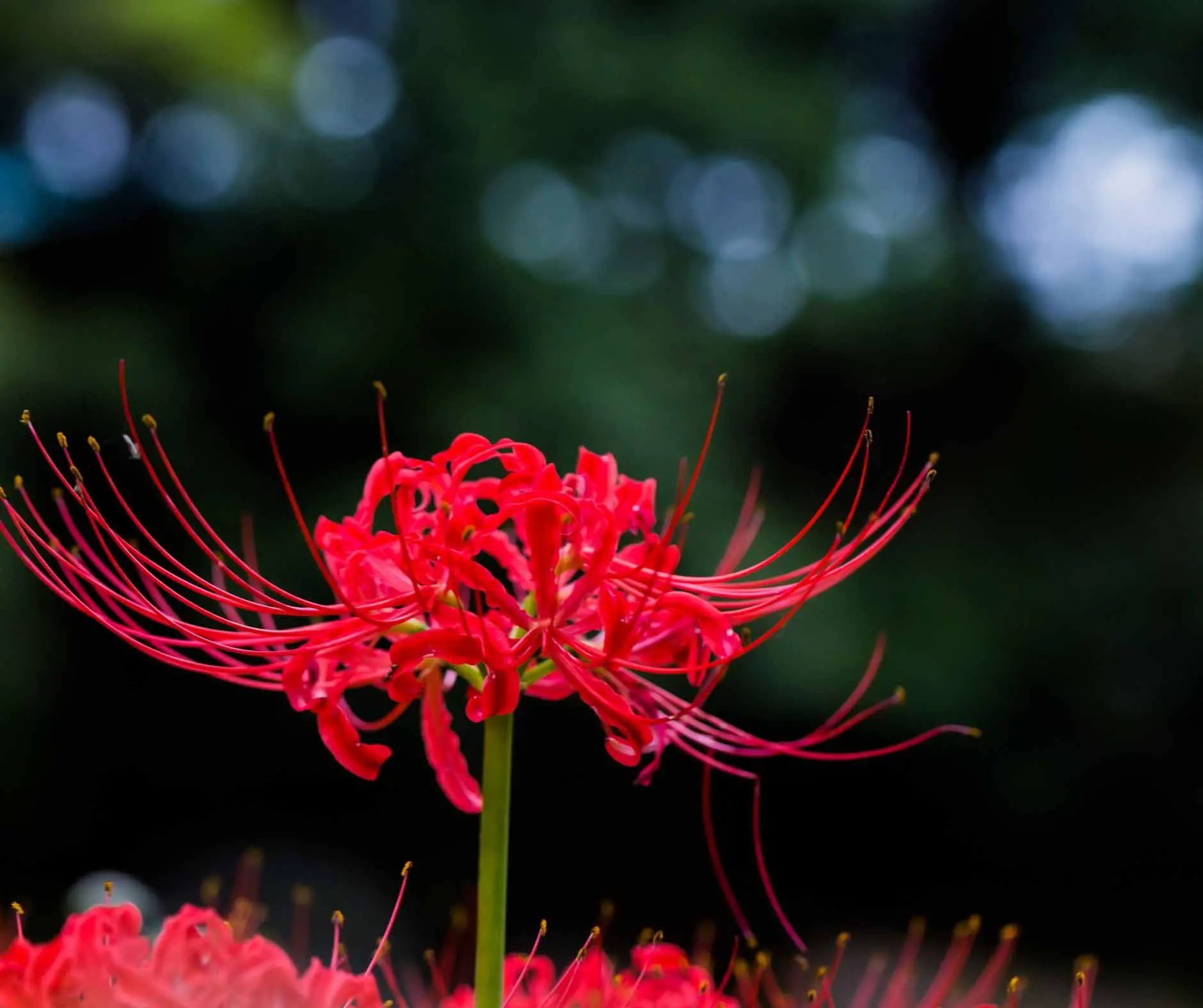
Although the red spider lily flower is beautiful, its rhizome is poisonous, and its bulb contains alkaloids, likely poison. However, it may cause poisoning, vomiting, and diarrhea in mild cases if eaten by mistake.
It can cause paralysis of the central nervous system in severe, life-threatening cases. Although the red spider lily is toxic, the bulb can be eaten after treatment and can also be used as a restorative material.
Calla lily (Poisonous flowers)
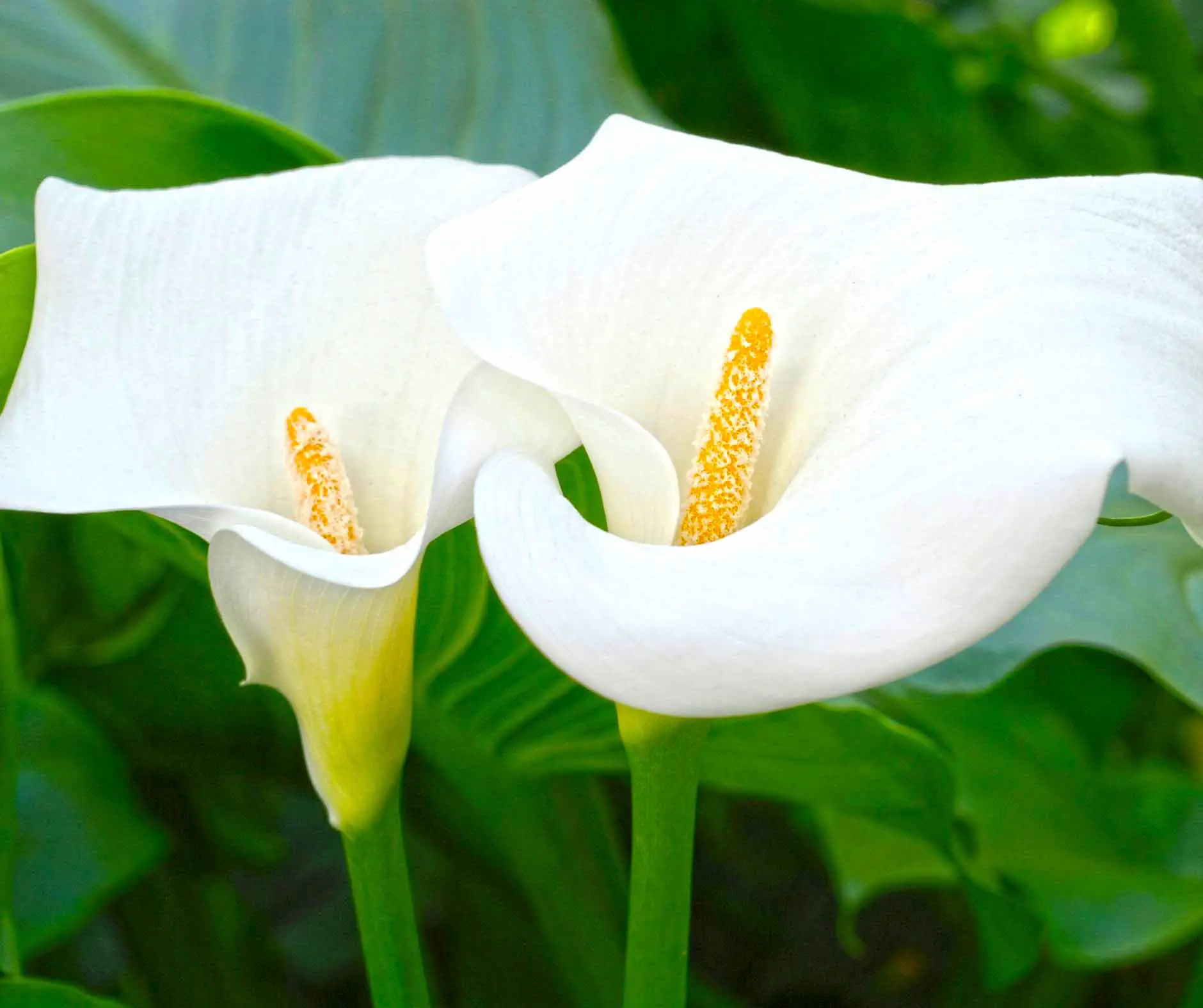
Calla lilies can be used externally as medicine. It has a detoxifying and clearing away heat effect. Treat scald with a proper amount of fresh calla lily tubers, mash, and apply externally. To prevent tetanus, rub the wound’s outer layer with the cuticle.
Calla lilies are poisonous and contain many calcium oxalate crystals and alkaloids. Ingestion causes coma and other toxic symptoms. Therefore, it is prohibited to take it orally.
Foxglove (The whole plant is poisonous)

Foxgloves also have a more well-known Latin name called “Digitalis,” and its leaves are commercially available and are the raw material for the drug “Digitalis” to treat heart disease.
If any part of it is ingested by mistake, nausea, vomiting, abdominal cramps, diarrhea, and oral pain will occur successively, and even abnormal heartbeat will occur. Doctors will use methods such as gastric lavage to promote detoxification and take medicine to stabilize the heart.
Datura (The whole plant is poisonous)
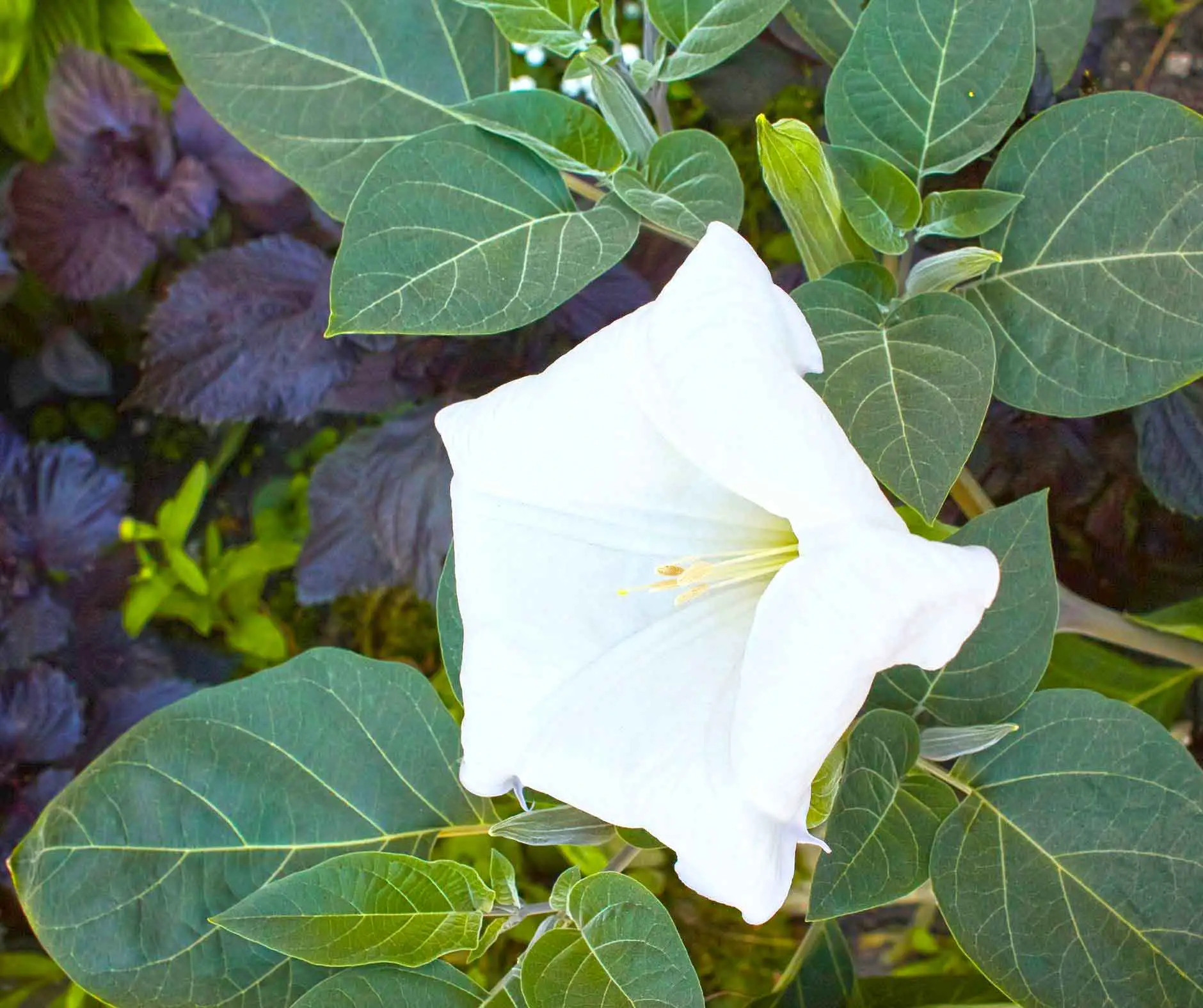
The whole plant of datura is poisonous, and the fruit, especially the seeds, are the most toxic, followed by the young leaves, and the dry leaves are less toxic than the fresh leaves.
Datura poisoning usually occurs half an hour after eating, the fastest 20 minutes, and the longest no more than 3 hours. The symptoms mostly disappear within 24 hours. Dizziness, convulsions, and cyanosis occur after 24 hours in severe cases. Finally fainted to death.
The main toxic components of datura are alkaloids such as hyoscyamine, atropine, and scopolamine (Datura extract). These components are all muscarinic blockers that compete with muscarinic receptors and interrupt the domination of parasympathetic nerves.
Tulip (Poisonous flowers)
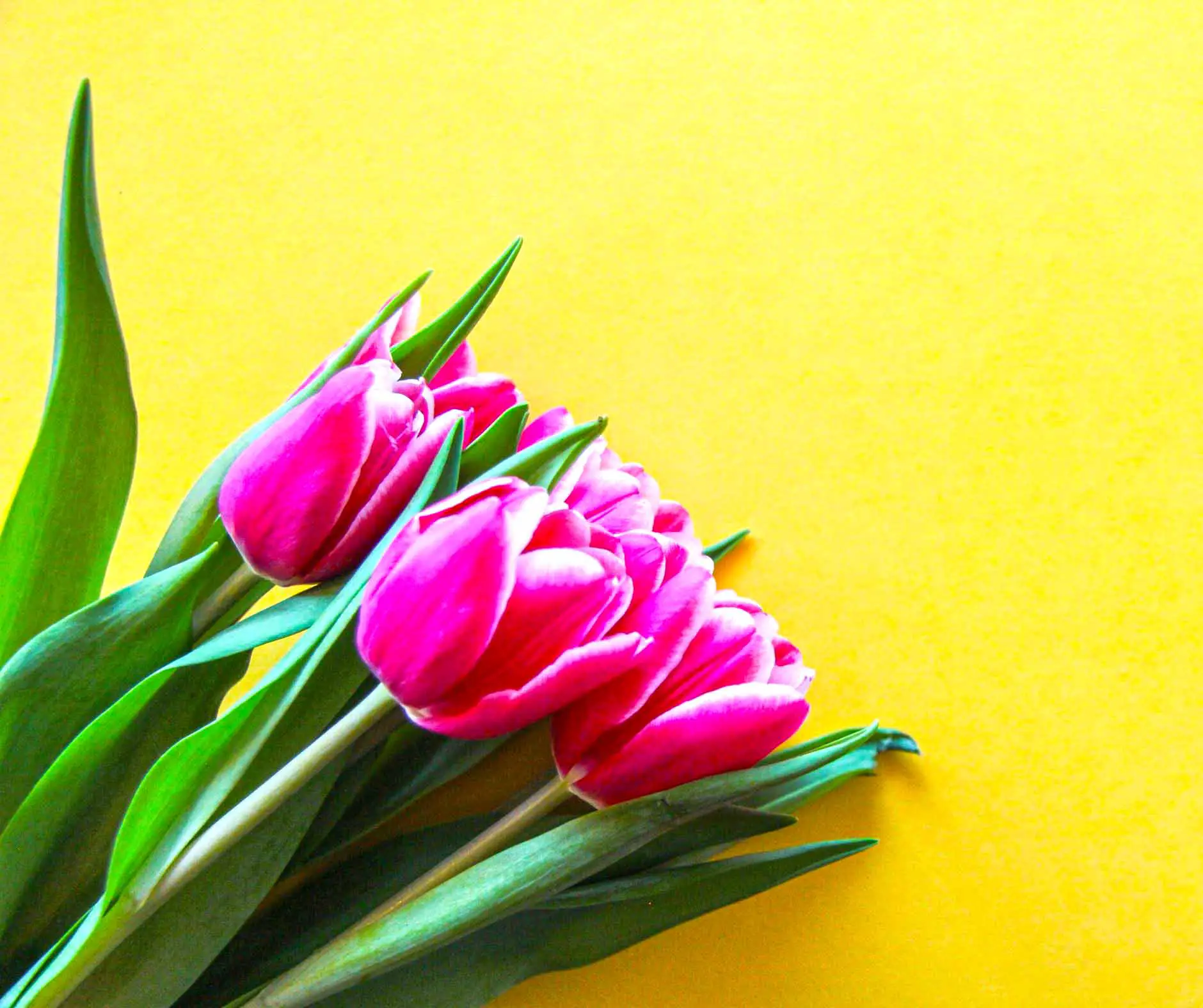
Although the roots and flowers of tulips can be used as sedatives, their flowers have poisonous alkalis, which can make you feel dizzy if you stay with them for a long time and may be poisoned in severe cases.
Too much exposure can also cause hair loss. Therefore, tulips are still enjoyed in public outdoor places, just not indoors at home.
Hydrangea (Poisonous flowers)

Hydrangea, also known as hortensia, are beautiful in appearance, but they are poisonous flowers. Once hydrangea is eaten, abdominal pain will appear a few hours later.
Other typical poisoning symptoms include skin pain, vomiting, weakness, and sweating. It is said that patients may even experience coma, convulsions, and collapse of blood circulation in the body.
Hyacinth (Bulbs are toxic)
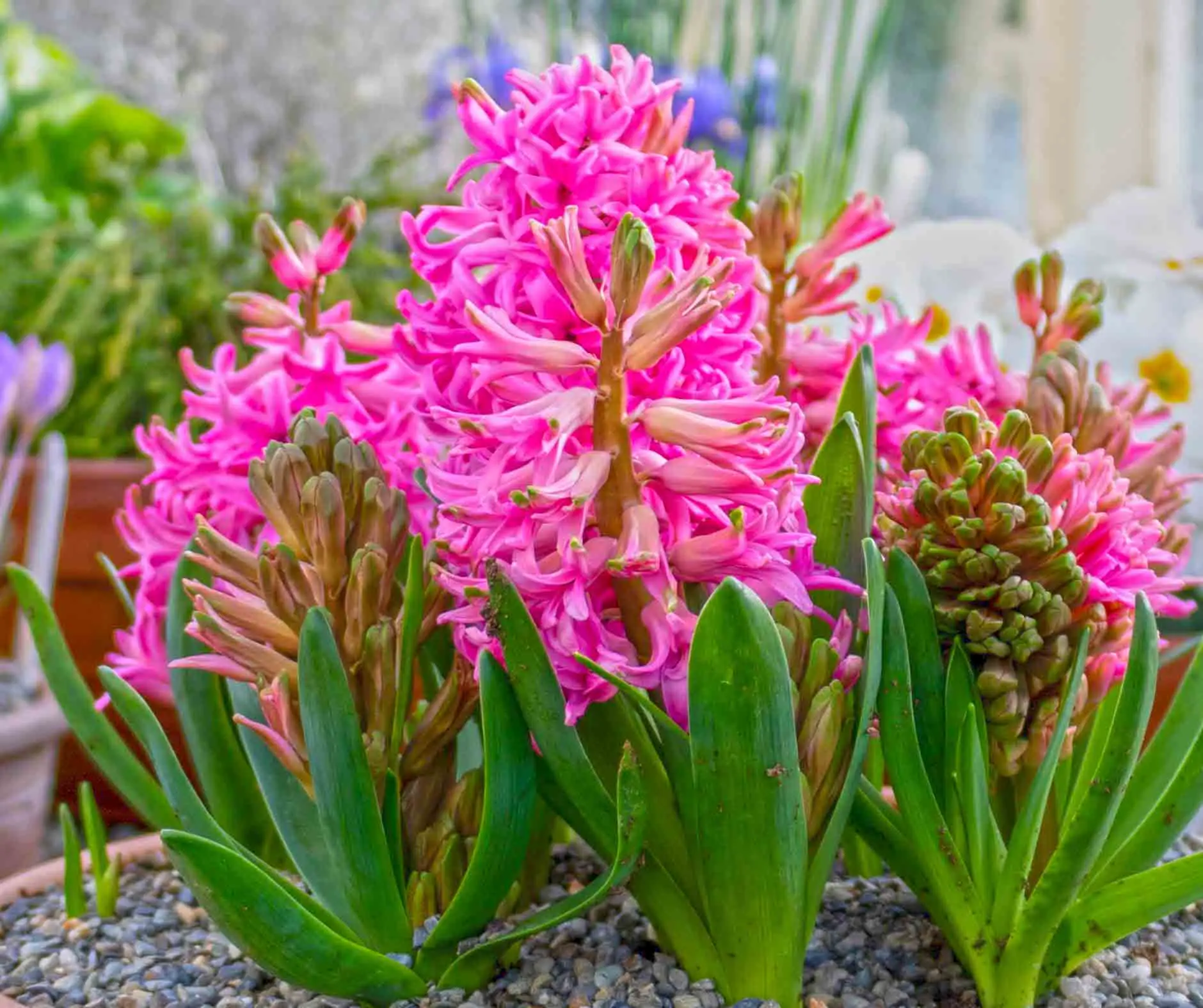
Hyacinth is a perennial herb. The bulb is toxic. If eaten by mistake, it will cause dizziness, stomach spasm, diarrhea, and other symptoms, leading to paralysis and death. Therefore, it is necessary to avoid eating by mistake.
Hyacinth pollen is easy to cause skin allergies. It would be best to place it in a place with air circulation. If you have an allergic constitution, you should pay attention to it.
Madagascar Periwinkle (White sap poisonous)
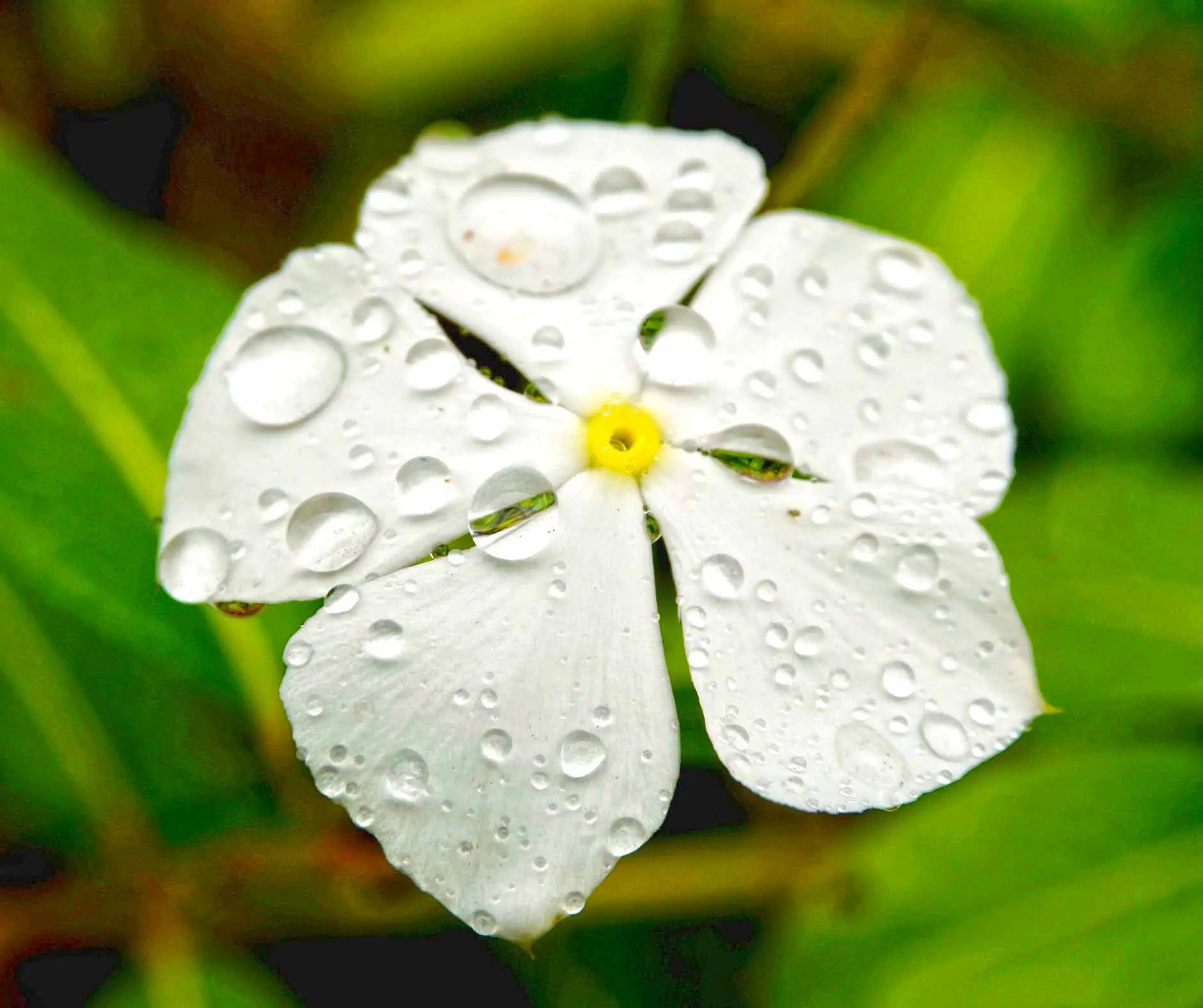
Catharanthus roseus, also known as cape periwinkle or rosy periwinkle, is a perennial herb. Madagascar is poisonous. Because it belongs to the genus periwinkle of the oleander family, many plants in the oleander family are poisonous.
It produces a white sap that contains alkaloids. Therefore, if there are children at home, try not to let them touch or accidentally eat them. It is not very toxic, but a large amount will cause serious harm.
Poinsettia (White sap is slightly toxic)
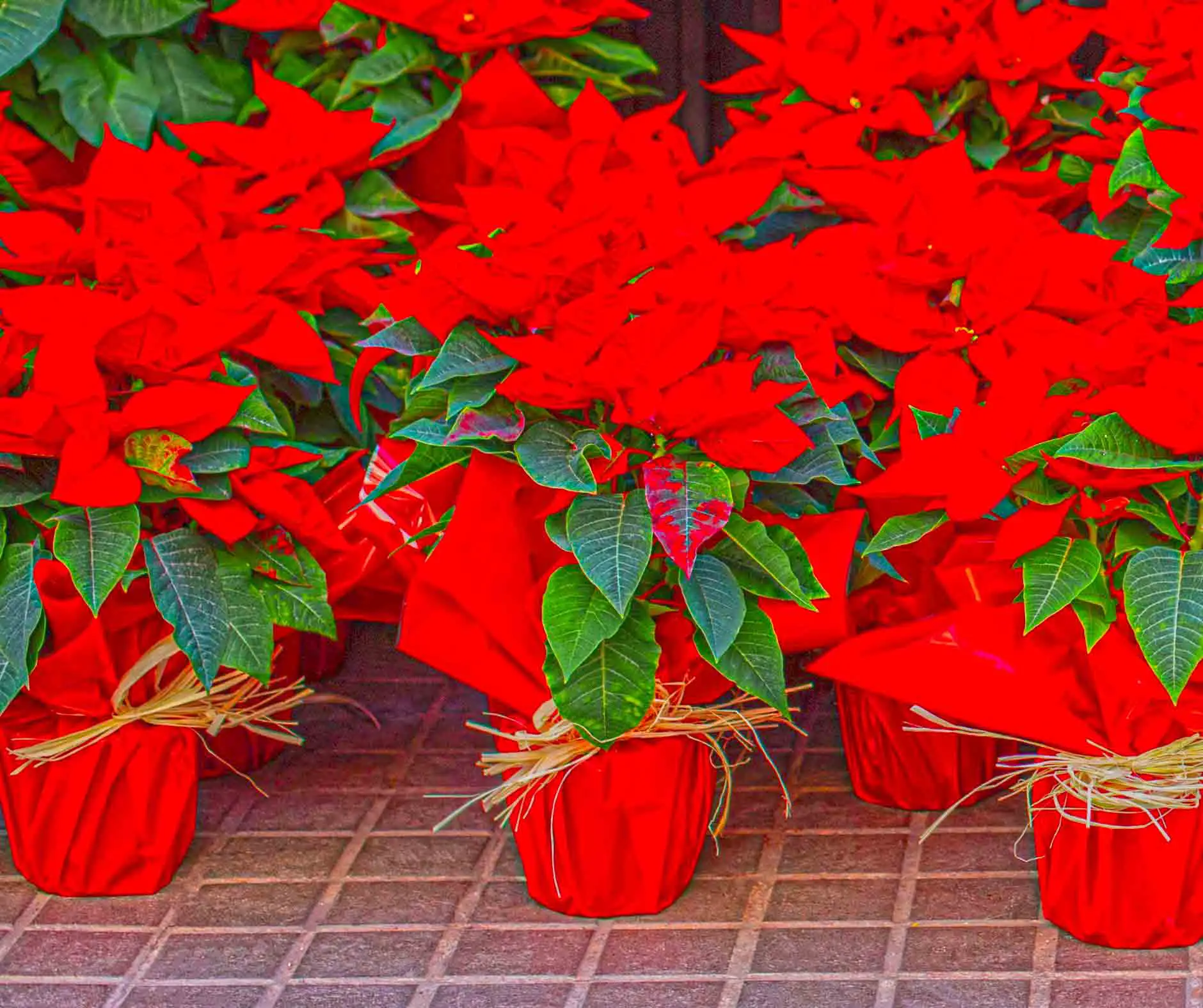
The white fluid in the poinsettia plant is mildly toxic and can irritate the skin or stomach. Ingestion may cause diarrhea and vomiting. It may cause allergic reactions in sensitive people. If the juice gets into the eyes, it may cause temporary blindness.
